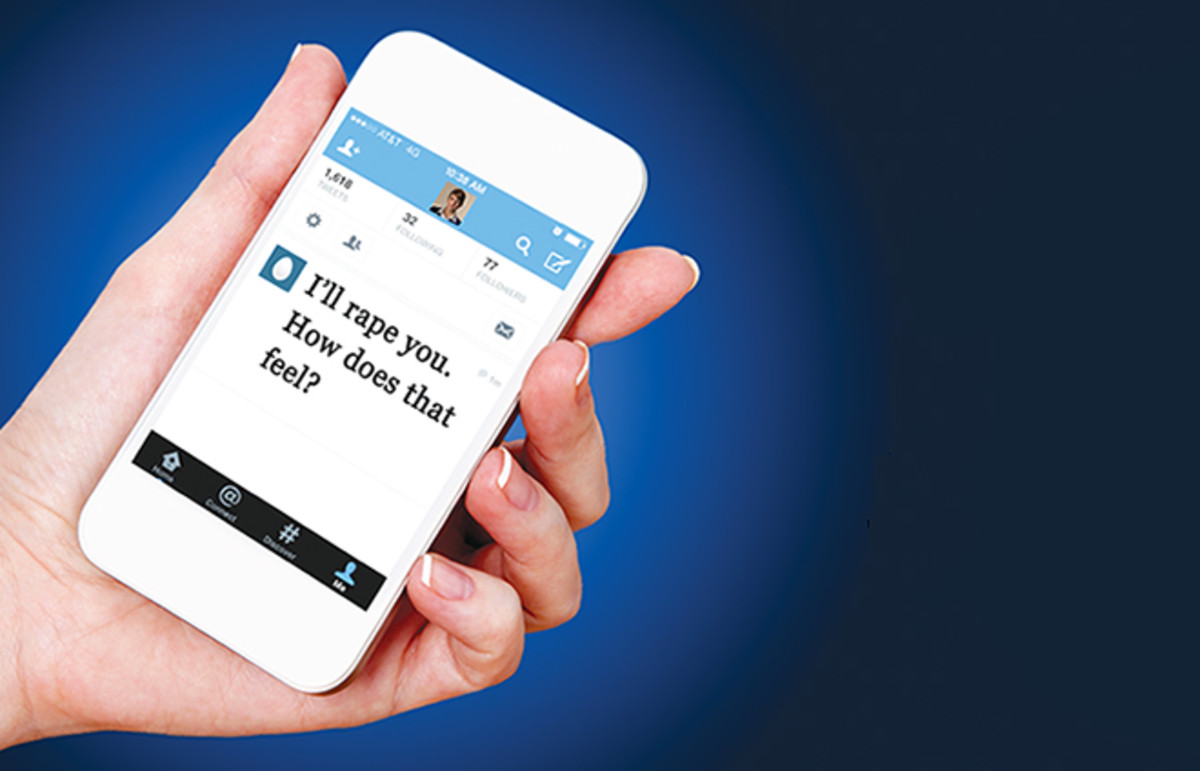Who is this ad targeting and do you think it is effective in doing so? Does this ad remind you of any other companies' campaigns you've seen recently? Take a look at this video ad for Facebook Life below. Try and identify how the two ads are similar and how they are different. What image are the ads trying to portray for the company and how are they doing this?
These two ads are slightly different, the Facebook ad is more focused on employee recognition and job satisfaction while the LinkedIn ad is more focused on what the platform offers a user. However, they both are conveying a similar image of professionalism, usefulness, and modernism. Additionally, they both use young individuals to convey how people are satisfied with their company. If both ads are targeting young professionals, which do you think is more effective at reaching this target group?
In addition to trendy ads that are on the same level as Facebook's, LinkedIn has been updating their platform's architecture to mimic and compete with other popular social media, like Facebook and even Instagram. These platform changes, like integrating more video with Vimeo, launching a 'Groups' feature, and giving users the ability to upload personal stories, represent LinkedIn's effort to reach out and appeal to younger professionals and bring them onto the platform.
 |
| LinkedIn Stories, Source: TechCrunch |
| Source: DemandWave |
In addition to generating engagement, as the chart above demonstrates, LinkedIn has proven to be a valuable source for generating companies revenue. The more valuable LinkedIn is for companies, the more valuable it becomes for individuals looking to connect with companies for any purpose, including employment. In turn, LinkedIn knows that by increasing their value to companies which increases their value to individuals, they can get more people interested and signed up for their platform. You can read more about how LinkedIn has recently improved other companies' abilities to advertise on their platform here.



